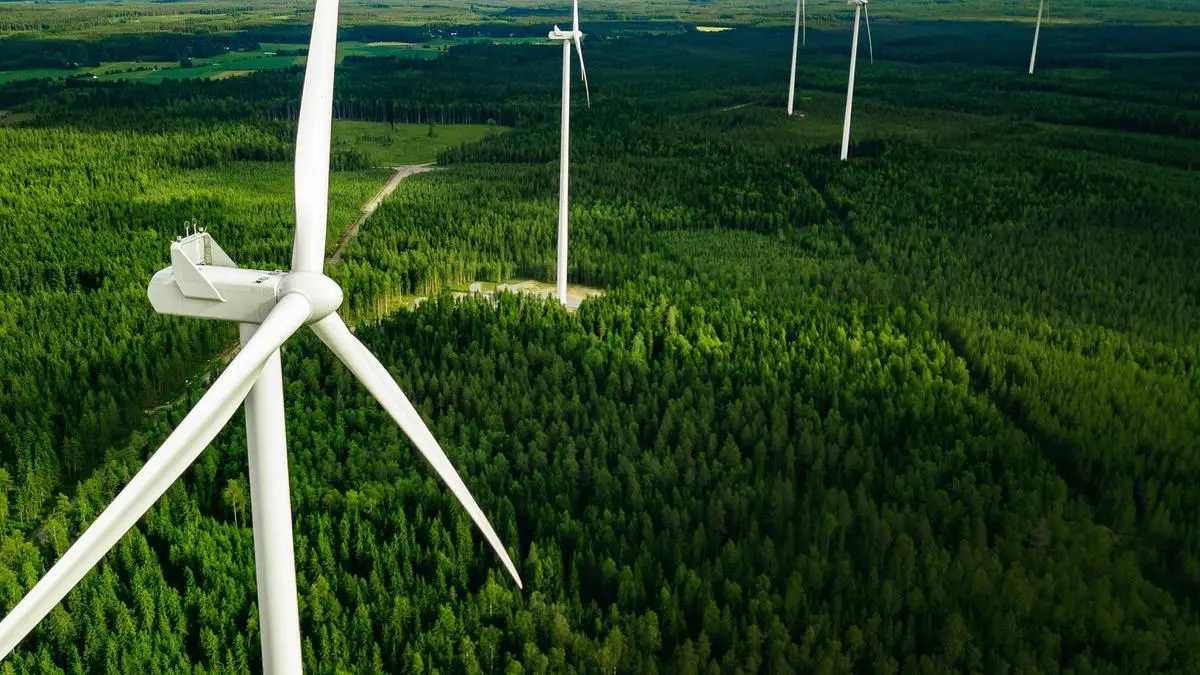FOREX
Indonesia expects to conclude free trade talks with EU by end of June
Indonesia said on Saturday that free trade negotiations with the European Union, which have been going on for nine years, are expected to finish by the end of June.
Airlangga Hartarto, the chief economic minister for Southeast Asia's biggest economy, met with EU Commissioner for Trade Maros Sefcovic in Brussels on Friday.
"Indonesia and the European Union have agreed to conclude outstanding issues and we are ready to announce a conclusion of substantial negotiations by the end of June 2025," Airlangga Hartarto said in a statement.
He did not disclose details about what agreements may have been reached.
Denis Chaibi, EU Ambassador to Indonesia, said: "Negotiations are ongoing and substance will determine timing. We will communicate in detail when we have an outcome."
The EU is Indonesia's fifth biggest trade partner, with total trade between the two reaching $30.1 billion last year. Indonesia had a $4.5 billion trade surplus, Airlangga said.
Indonesia and the EU have previously disagreed on EU trade rules for products with potential links to deforestation that could affect Indonesian palm oil, as well as Jakarta's ban on exports of raw minerals.
Indonesian officials have been motivated to accelerate talks on free trade agreements, keen to diversify the country's export destinations as they deal with US tariff challenges.
Seeking to end US trade deficits worldwide, US President Donald Trump announced sweeping "reciprocal" tariffs that have since been paused until July.
Indonesia is facing a 32 per tariff rate.
More Like This
Published on June 7, 2025



































